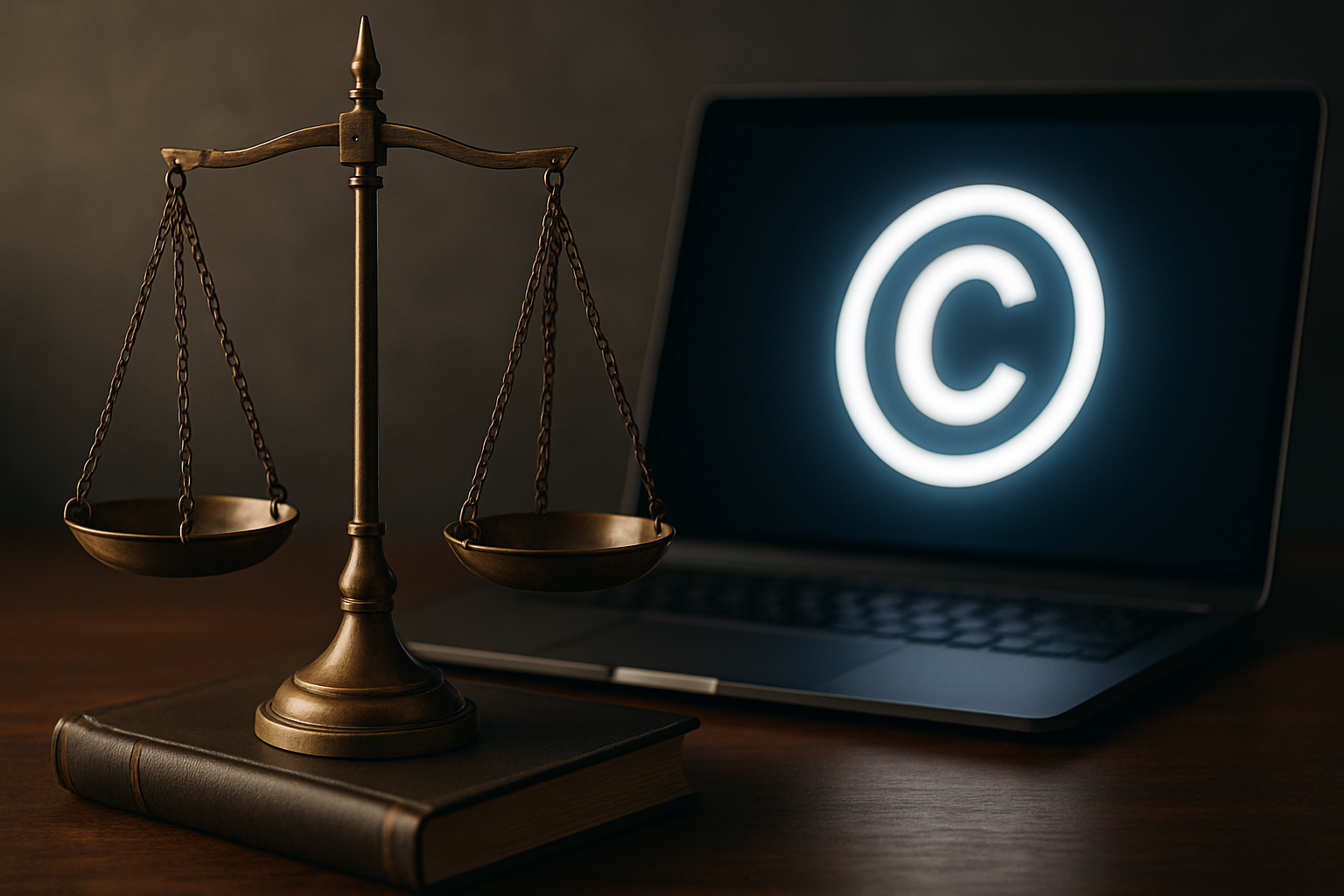Common Evidence Types That Strengthen Civil Claims
This article summarizes common types of evidence that often matter in civil cases. It highlights how documents, testimony, records, and regulatory materials can support claims across disputes involving contracts, estate matters, immigration issues, and regulatory compliance.

Evidence is central to civil claims because it connects factual assertions to legal rights and remedies. Claimants and counsel who understand which categories of proof are persuasive can better prepare representation and avoid common pitfalls that weaken a case. The sections below outline documentary, testimonial, digital, regulatory, and other evidence types frequently used in disputes, and explain practical steps to collect and preserve material for litigation while respecting applicable rules of procedure and admissibility.
What documentary evidence is most persuasive?
Documentary evidence often forms the backbone of contract and property claims. Written materials such as signed agreements, invoices, receipts, letters, delivery records, and certification of service help establish the existence, terms, and performance of obligations. Official documents—court filings, recorded deeds, tax records, and government certificates—carry added weight because they are generally considered reliable and may be self-authenticating under some rules of evidence.
Preservation and authentication matter. Maintain originals when possible, note chain of custody, and secure certified copies for local services such as registries. Counsel frequently seeks contemporaneous documents that show intent, notice, or acceptance, and uses layering of documents (contracts plus correspondence plus payment records) to build a coherent narrative that supports legal rights asserted in litigation.
How do contracts and written agreements help?
Contracts provide the clearest roadmap in many disputes because they define duties, remedies, and often dispute resolution mechanisms. A written contract with clear signatures, dates, and defined performance benchmarks provides direct evidence of agreed terms and can limit contested factual issues. Amendments, addenda, and email exchanges can be used to show modifications or waiver, but require careful authentication to be admissible.
Counsel should ensure that execution formalities—witnesses, notarization, or corporate authorization—are documented where possible. When contracts are silent or ambiguous, supporting materials such as order confirmations, invoices, and trade communications help interpret intent. In areas governed by specific regulation or statutory formality, compliance with those requirements strengthens a contractual claim and may affect remedies available in litigation.
When is witness testimony and affidavits effective?
Oral testimony, depositions, and sworn affidavits provide context and fill gaps documentary evidence cannot. Witnesses can testify about events, intent, or business practices and explain complex documents to a factfinder. Affidavits and declarations are useful in preliminary hearings and motions but are subject to credibility assessment and cross-examination in trial settings.
Expert testimony is another critical category when technical, economic, or medical issues arise. Experts translate specialized information into opinions admissible under rules of evidence, assisting courts in areas like valuation, causation, or compliance with professional standards. Representation by experienced counsel during witness preparation helps avoid issues that could undermine testimony in litigation or regulatory proceedings.
What role do records and digital evidence play in litigation?
Electronic records—emails, text messages, server logs, transaction histories, and metadata—are increasingly central in civil disputes. Digital evidence can timestamp communications, demonstrate patterns of behavior, and corroborate or contradict witnesses. For estate and immigration matters, electronic filings, scanned documents, and system logs may supply critical proof of filing dates, payments, or communications with authorities.
Admissibility depends on proper preservation and authentication: forensic collection techniques, maintained logs of access, and verified export formats reduce risk of spoliation claims. Parties should document collection methods and involve IT or forensic professionals when needed to preserve metadata. Counsel should also consider hearsay exceptions and business records rules that may admit certain digital records without live testimony.
How can compliance and regulatory documents support claims?
Compliance records, inspection reports, licenses, permits, and regulatory filings can prove adherence to or violation of legal duties. In disputes involving regulation, such documents can show whether a party met statutory obligations or failed to comply with industry standards. Administrative decisions and communications with regulators may also be relevant in demonstrating notice, enforcement history, or the scope of permitted conduct.
For estate and immigration matters, government-issued records—certificates, adjudication notices, visas, inventories, and probate filings—are often required to establish legal rights or status. Maintaining complete, certified copies and tracking regulatory correspondence strengthens a claim’s factual foundation and helps counsel align legal arguments with applicable rules and statutory frameworks.
Conclusion
A strong civil claim usually rests on multiple evidence types combined: clear documents, corroborating records, credible testimony, authenticated digital files, and relevant regulatory materials. Effective preservation, timely collection, and careful authentication increase the chances that relevant proof will be admitted and evaluated on its merits in dispute resolution or litigation. Understanding how these evidence categories function across contracts, estate, immigration, and compliance contexts helps claimants and counsel structure a coherent presentation of rights and remedies.






